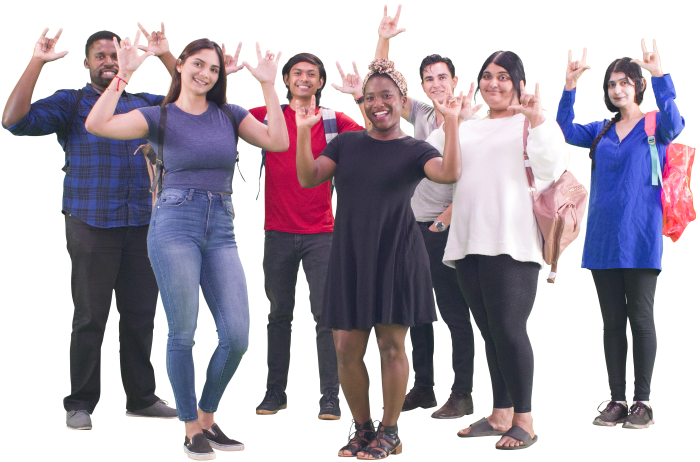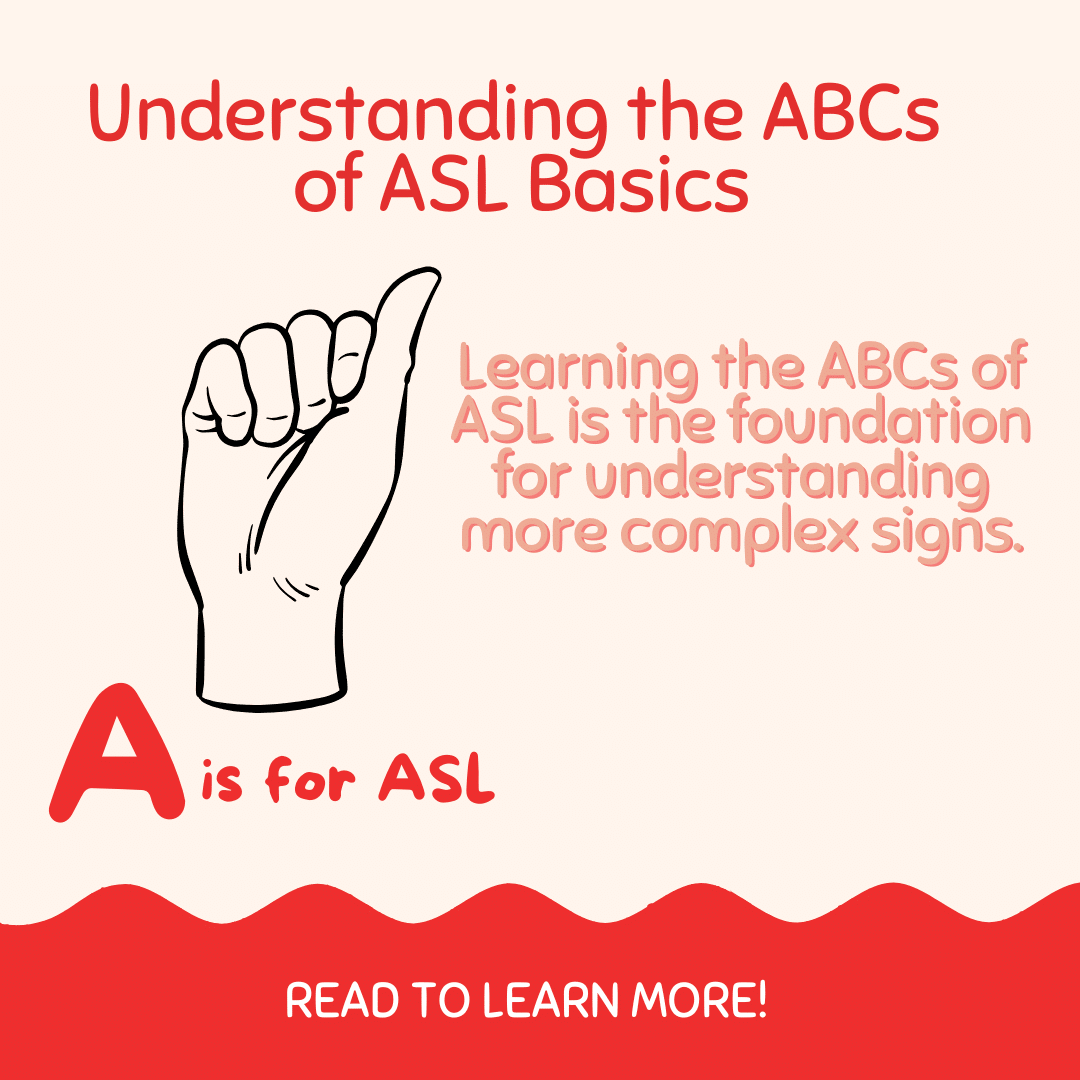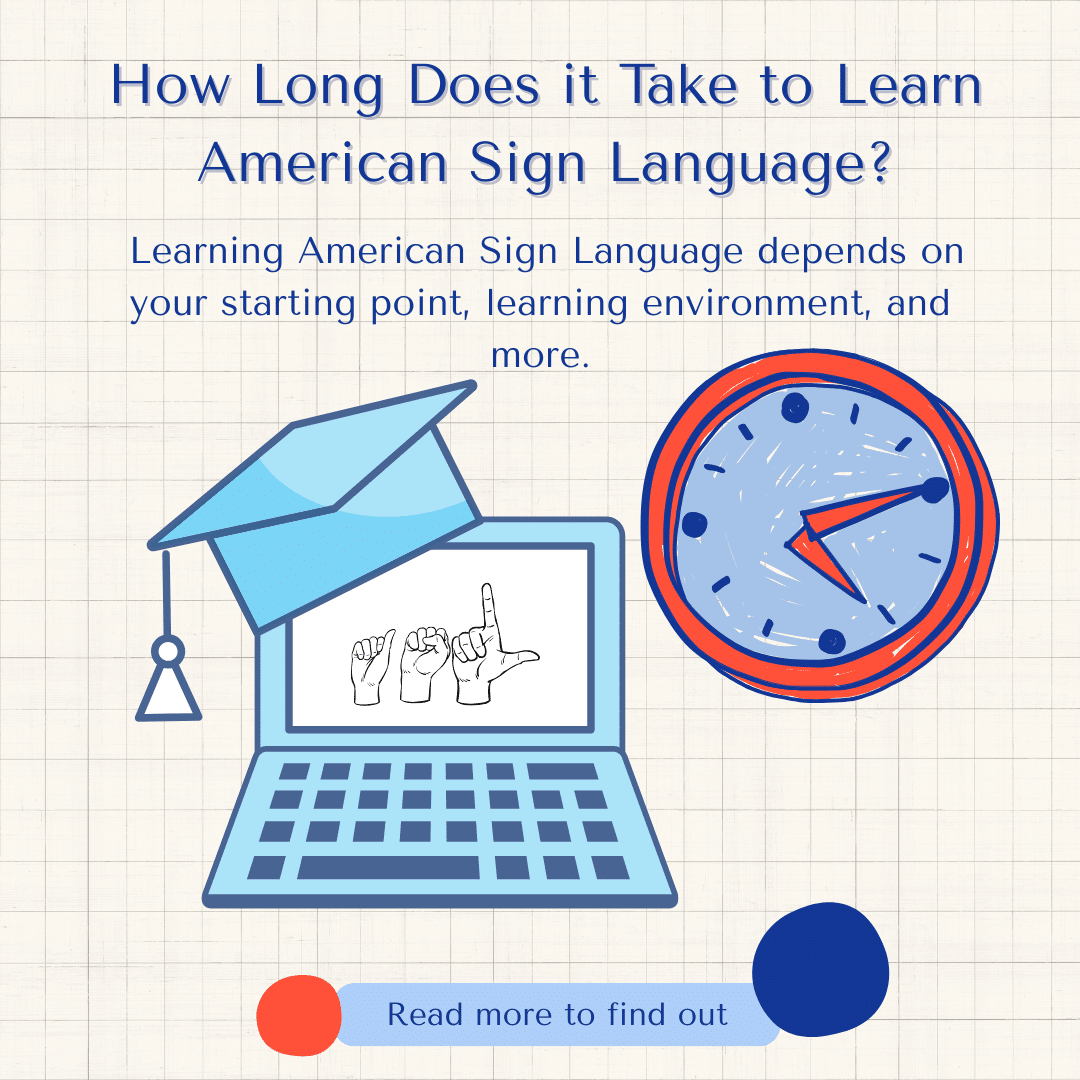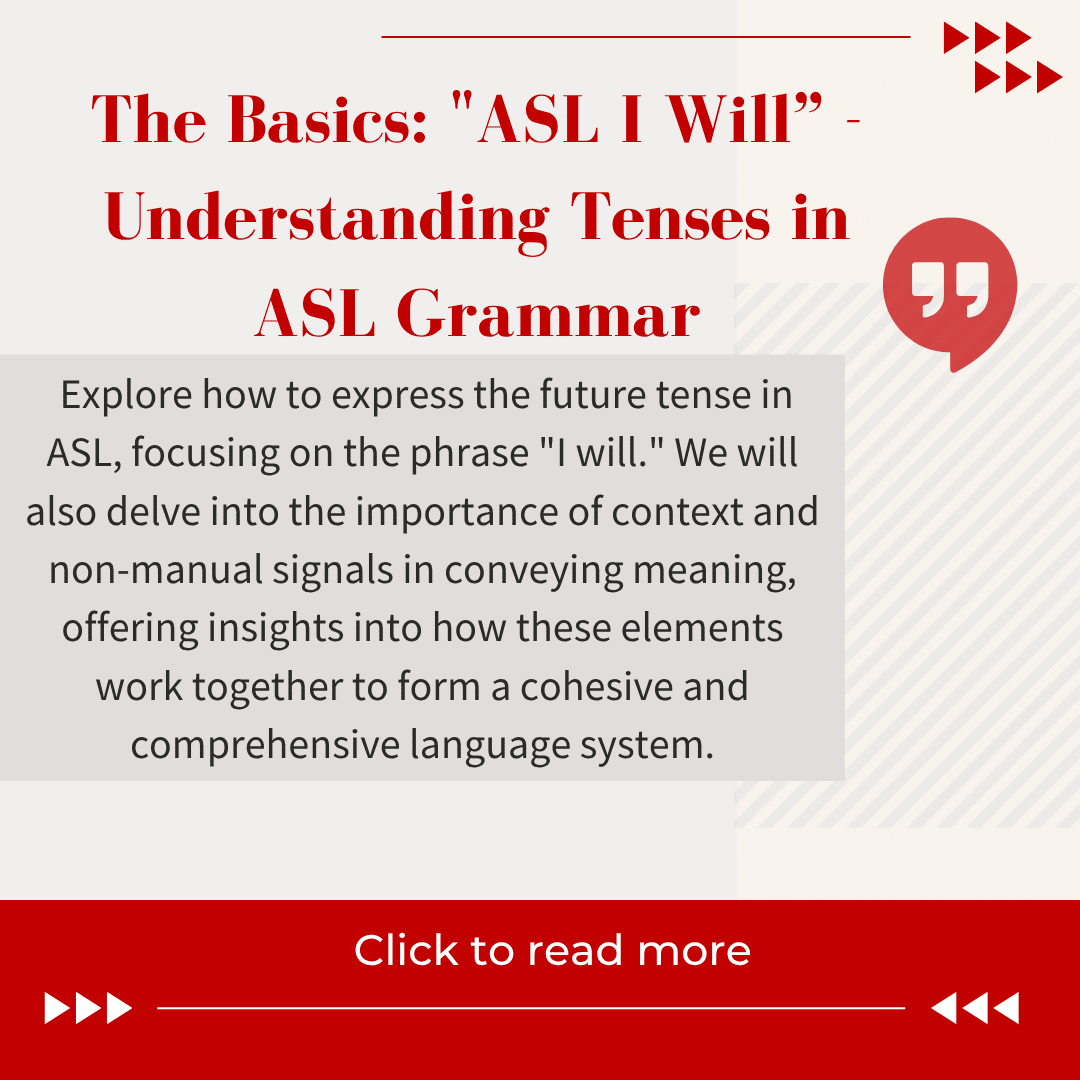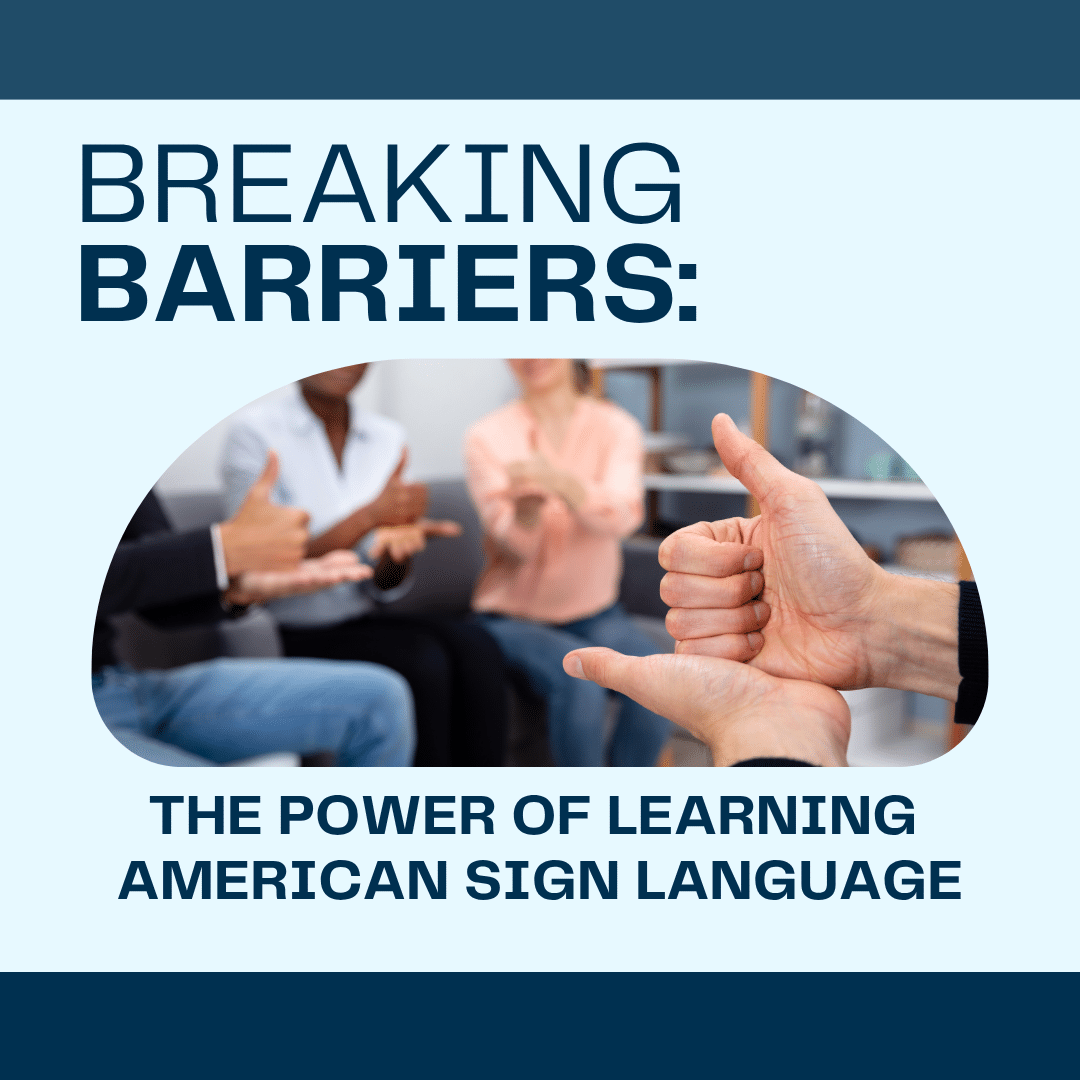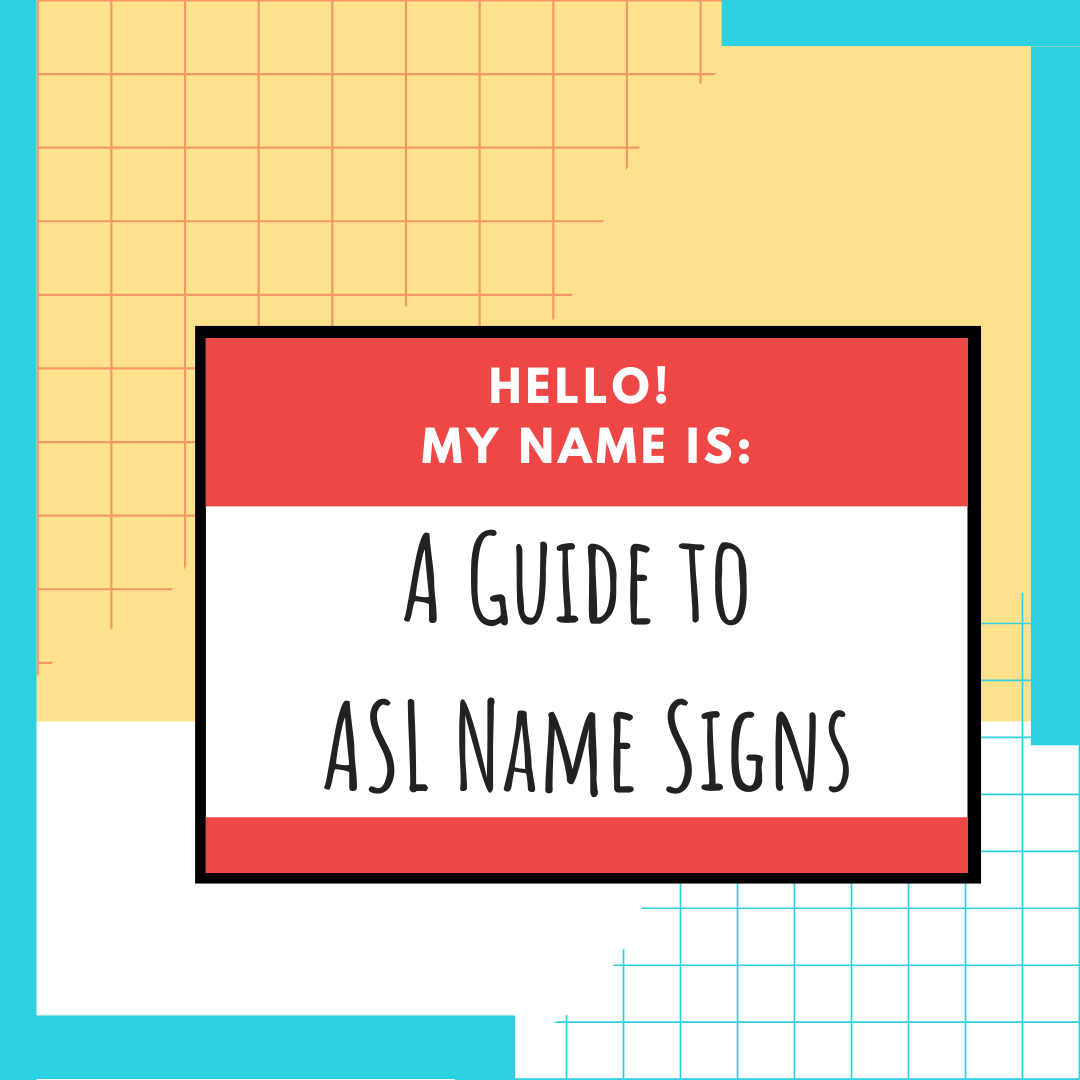
Free Sign Language: ASL 1 – Unit 1 Sample
- by Michelle Jay
In this free sign language unit sample of our ASL 1 course, you will be learning basic signs and see a conversation in action.
Unit 1 Vocabulary – First Signs
Conversation 1.1
Read this outline, and then watch the conversation in action in the video below. Try to recognize what is being said. Watch the video again until you can follow the conversation without the outline.
A: HELLO MY NAME fs-CHRIS. YOUR NAME WHAT?
“Hi, my name is Chris. What is your name?”
B: MY NAME fs-CHRISTINE. NICE MEET-you.
“My name is Christine. Nice to meet you.”
A: NICE MEET YOU SAME
“Nice to meet you too.”
Conversation 1.1 Explained
A: HELLO MY NAME fs-CHRIS. YOUR NAME WHAT?
“Hi, my name is Chris. What is your name?”
In the first sentence, you will notice that names are fingerspelled. The word “is” is not signed because state-of-being verbs are not necessary in ASL. You will learn more about these types of verbs in Unit 9.
As you will learn in Unit 6, “YOUR NAME WHAT?” is a wh-word question. These are questions that require more than a yes or no answer and normally use the words who, what, when, where, why, or how. Wh-word questions are signed with a specific facial expression that includes lowering your eyebrows. There are many possible word orders in ASL, but wh-word questions are always signed with the wh-word at the end of the sentence.
B: MY NAME fs-CHRISTINE. NICE MEET-you.
“My name is Christine. Nice to meet you.”
“Nice to meet you” is a common phrase used in ASL when meeting someone for the first time. MEET is a directional verb, so signing the word YOU is not always necessary as it is included in the verb. You will learn more about directional verbs in Unit 9.
A: NICE MEET YOU SAME.
“Nice to meet you too.”
In contrast, Chris signs the word YOU for “MEET YOU” instead of using the implied pronoun with directionality. Both ways are acceptable in ASL. The sign SAME can translate to “too” in English. This sign can also be a directional verb. Signing SAME between people means it is those people who are similar.
Seeing ASL in action is very important when you are learning ASL. You will find that the more fluent you become in ASL as you take our free sign language class, the less you will be relying on fingerspelling and other English-based handicaps.
Start Learning ASL Today!
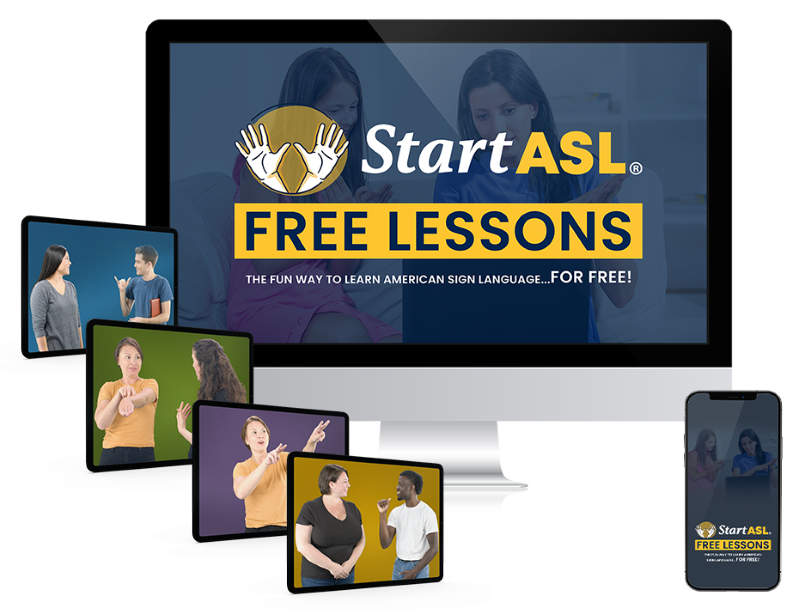 Ready to start learning real American Sign Language and not just basic signs? Do you want to be a part of the vibrant Deaf community? Check out our Free ASL 1 Course or our Complete 4-Level ASL Course options and start learning ASL today!
Ready to start learning real American Sign Language and not just basic signs? Do you want to be a part of the vibrant Deaf community? Check out our Free ASL 1 Course or our Complete 4-Level ASL Course options and start learning ASL today!
